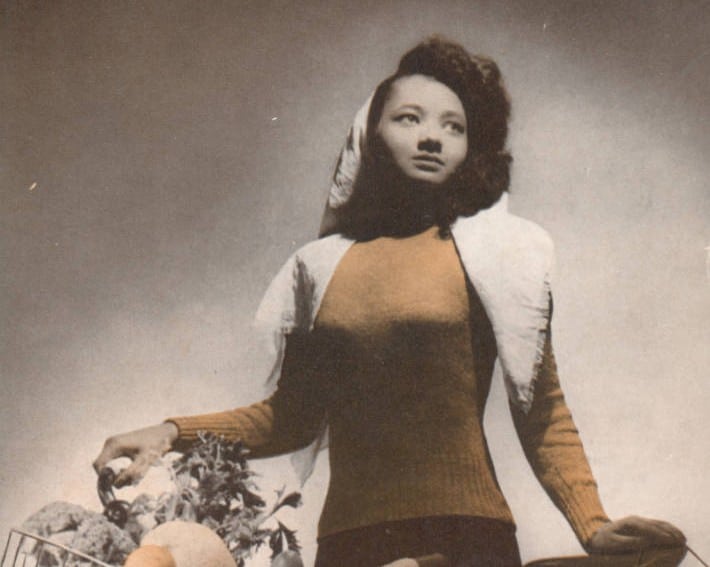Archives are not infallible. Paper disintegrates, photos acidify, and even metal rusts and ages. Every librarian and archivist knows that preservation relies on prevention far more than restoration, but there is only so much control you can exert over nature’s most significant force: time. As a joint Library Science and Digital Humanities student, I amContinue reading “The Literary Heritage of Cornell College: Using Digital Resources to Preserve the Past by Miranda Donnellan”
Category Archives: Campus history
LitCity is Live!
For nearly a century, promising writers, many of whom have gone on to be well-known for their work around the world, have called Iowa City their home at some point in their life. It should come as no surprise that in 2008, this beacon for the written word was designated as a City of LiteratureContinue reading “LitCity is Live!”
Celebrating Women in Iowa’s Past
Today, in celebration of International Women’s Day, we reflect on the progress and many achievements that women, past and present, have made around the world. The origins of this day can be traced back to the early 1900s, marked by a strike for better working conditions for women in the garment industry. While the strike didn’t takeContinue reading “Celebrating Women in Iowa’s Past”
Writer James Alan McPherson, Iowa Writers Workshop
James Alan McPherson taught at the Iowa Writers Workshop beginning in 1981. In 1978, he received a Pulitzer Prize in Fiction for his Elbow Room. In 1981, he read his short story, “There was once a State Called Franklin“, the same year he was named a MacArthur Fellow, and in 1995 he was inducted into theContinue reading “Writer James Alan McPherson, Iowa Writers Workshop”
Women, Scholarship, & DIY History
Earlier this week, the Studio launched Scholarship@Iowa, a curated set of pages promoting scholarly archives related to historically underrepresented groups. To introduce that initiative I wrote a blog post touting the merits of these archives and their ability to help us see ourselves as a part of longstanding tradition of excellence and discovery at theContinue reading “Women, Scholarship, & DIY History”
Scholarship@Iowa: celebrating diversity in the archives
We in the Digital Scholarship & Publishing Studio are reminded – daily – of the incredible digitized material held in our archives. Letters, dissertations, scrapbooks, newspapers, photographs spanning hundreds of years can be found in places like the Iowa Digital Library and Iowa Research Online. These collections and this scholarship remind us of who has passed throughContinue reading “Scholarship@Iowa: celebrating diversity in the archives”
IDL highlights for Black History Month
The Iowa Digital Library is fortunate to host the college scrapbooks of three University of Iowa students from the 1920s and 1930s, which provide views of the African-American community during their time on campus. The Althea Beatrice Moore Smith scrapbook was added to the Iowa Digital Library thanks to a collaboration between the AfricanContinue reading “IDL highlights for Black History Month”
Life photographer Alfred Eisenstaedt’s 1961 visit to campus
A few months ago, I saw a photograph (not in our collection) taken by Alfred Eisenstaedt for Life magazine of students drawing a live nude model. The photo is undated other than 1961. Looking through the Daily Iowan archive, it was easy to determine that he visited campus in May 1961. DI reporter Anne Stearns, wrote inContinue reading “Life photographer Alfred Eisenstaedt’s 1961 visit to campus”



